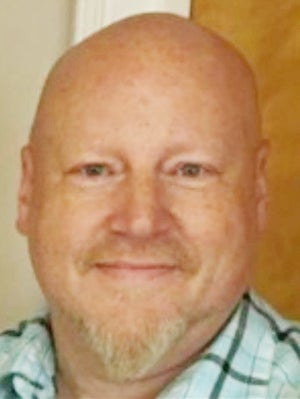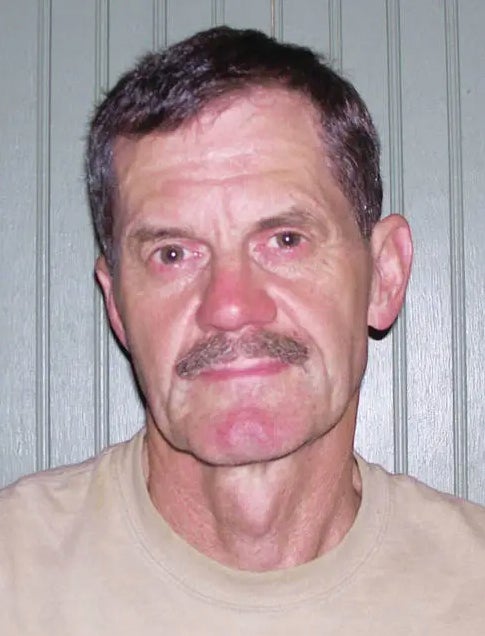Broadband, education, economic development, and water lines
Published 9:18 am Wednesday, May 26, 2021
|
Getting your Trinity Audio player ready...
|
By MARK WOHLANDER
One important lesson which has been learned over the past months when it comes to education, is that without high-speed broadband, many children in rural America have once again been left behind. Imagine for a moment, that because of Covid-19, your child lives in rural America, in a community where internet is either non-existent, or where if it exists, it is so intermittent that streaming the classroom into the home is what can best be described as impossible. And then, imagine the possibilities for those children, and others, if high-speed broadband was available for everyone.
It is time to end this disparity across rural America, it is time to provide high-speed broadband to every community, not just for our children, but for America’s entrepreneurs who will unleash the next generation of economic development necessary for all Americans to prosper.
Recently, The White House released a fact sheet entitled the American Jobs Plan. Most Americans will never take the time to read this lengthy document, especially those young Americans who do not have internet, let alone high-speed broadband. Buried in this lengthy document is a single sentence which deserves the support of all Americans. That single sentence reads that the American Jobs Plan “will bring affordable, reliable, high speed broadband to every American, including more than 35 percent of rural Americans who lack access to broadband at minimally acceptable speeds.”
Imagine, if this single goal could be accomplished, then life in rural America, in rural Kentucky, and in dozens of communities in Eastern Kentucky, could and would be changed forever. And more importantly, the goal of affordable, reliable, high-speed broadband would not only open a new world of access to education it would also unleash untold economic development which can only be accomplished when businesses have access to high-speed access to the world-wide web.
So, the rhetorical question which necessarily needs to be answered is how can this laudable goal be accomplished especially in hard-to-reach mountain communities? At one time, that question would have been difficult to answer. Building the necessary infrastructure to carry the broadband system through the mountains of Eastern Kentucky would take years and the costs would be staggering. Somewhat ironically, the solution might just be found in the words of Alexander Graham Bell who invented and patented the first telephone and co-founded American Telephone and Telegraph (AT&T) when he said, “When one door closes another door opens; but we so often look so long and so regretfully upon the closed door, that we do not see the ones which open for us.”
Maybe, just maybe, Alexander Graham Bell had a crystal ball and knew that even from the early days of connecting with others through a telephone that it would be necessary to search for solutions as the nation’s phone service expanded. Today, there are those who have looked past the closed doors and have looked at the doors which have opened which can, and likely will, provide the infrastructure necessary to provide high-speed broadband to rural America, rural Kentucky, and the mountains of Eastern Kentucky.
One solution, a solution which has already been tested, is to utilize the existing infrastructure of rural Kentucky’s water pipes. Yes, think about it, although water pipes do not exist in every community in rural Kentucky, many rural areas are connected to water pipes, water pipes could and would carry the broadband fiber optic cables to otherwise unserved areas of rural America, rural Kentucky, and the mountains of Eastern Kentucky.
Those cynics who do not believe that connecting our communities to high-speed broadband through water pipes is a viable alternative should take a moment to read the story of Anacortes, Washington, “the first city in North America to deliver high-speed internet through its sprawling system of water pipes. Fiber optics are fed into a tube that is then run through water lines.” This technology is available today for Kentucky’s rural counties through a small rural broadband provider which has taken the time to look beyond the closed doors and has found an open door to providing high-speed broadband service to rural Kentucky.
Unfortunately, the real obstacle to providing high-speed broadband to rural America, rural Kentucky, and the mountains of Eastern Kentucky, is the political divide in the halls of Congress. With that said, maybe it is time to carve out the plan to provide high-speed broadband from the American Jobs Plan so our next generation of children will have access to high-speed broadband which will open doors for their education and the next generation of doctors, scientists, inventors, and leaders who will be responsible to “Build, Back, Better” America’s communities from the east coast to the west coast and especially in rural America.
In the end, it is time for all Americans to let Congress know that all of America needs high-speed broadband today, not tomorrow, today, and it is time to set aside the politics and pass the legislation which will provide “affordable, reliable, high speed broadband to every American, including more than 35 percent of rural Americans who lack access to broadband at minimally acceptable speeds.”
Mark Wohlander, a former FBI agent and federal prosecutor, practices law in Lexington, Kentucky and throughout the mountains of Eastern Kentucky. Mark considers the mountains of Eastern Kentucky his adopted home. Other of Mark’s columns and Liberty prints are available at www.fivesmoothstonesky.com.




